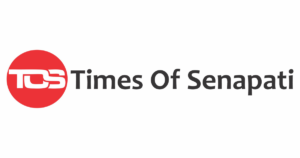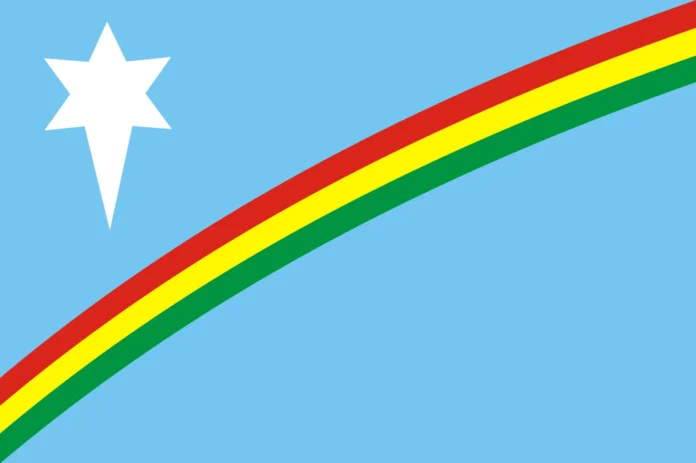KOHIMA, Nov 23: Rh. Raising, a senior leader of the National Socialist Council of Nagalim (NSCN-IM) and a member of its Collective Leadership, emphasized that the Framework Agreement (FA) of 2015 is a pivotal step toward resolving the Indo-Naga conflict, asserting that it must not be viewed through the lens of the Indian Constitution.
In a statement issued on Friday, Raising highlighted that while unity and a solution are widely discussed by various groups—including the NSCN, state politicians, civil society organizations, church leaders, intellectuals, and Indian leaders—the real challenge lies in establishing a robust foundation for unity and solution.
Raising criticized past agreements like the 16-Point Agreement and the Shillong Accord of 1975 for failing to meet the aspirations of the Naga people. He described these as examples of compromised solutions that were rejected by the Naga population. He also mentioned the 1964 ceasefire agreement, which ended in failure due to rigid positions from both sides. A subsequent proposal by R. Suisa, a Tatar member, was dismissed by hardliners, paving the way for further dissatisfaction.
However, the Framework Agreement of 2015, signed between the Government of India and NSCN-IM, stands out as a milestone, he noted, recognizing critical elements of Naga sovereignty, identity, and territorial integration.
Raising, advocating for the stand of the NSCN (IM) chief negotiator and General Secretary, Th. Muivah, warned that a solution without the Naga flag and constitution would be “unacceptable to the Naga people.” He described the ongoing struggle as a “do-or-die” battle for the Naga people, asserting that any failure would result in an irreparable loss of land, identity, culture, history, and future for the Nagas. He stressed that this battle would determine the future of the Naga people, asserting that resistance to external forces was key to survival.
Raising further stated the significance of the Framework Agreement (FA) signed on August 3, 2015, between the Government of India and the NSCN (IM). “The FA recognizes the unique history of Naga independence; the sovereignty of the Nagas, the identity of the Nagas, the territory of the Nagas, and the integration of all Nagas areas. It also says peaceful coexistence of the two entities sharing sovereign power,” the statement said.
“The Nagas and India will coexist as two entities, but the Nagas will not merge with India. There will be a joint defence in the event of invasion on Nagalim by any external forces. The Nagas will be using Indian passport with Naga nationality/ Indian for a certain period of time. There will be a joint venture in the case of drilling oil in Nagalim. But Nagas will exercise their sovereign power in the matter of their own affairs,” the statement further added.
Raising clarified that the FA is not a roadblock but rather an option for a solution that ensures the future of the Nagas and strengthens India’s security. He stressed that the FA should not be interpreted within the Indian constitutional framework, as the issue is political, not constitutional. He also asserted that since the Government of India had already recognized Naga sovereignty, no one could alter its interpretation, and sovereignty without a flag and constitution would be meaningless.
Raising concluded by reiterating the critical importance of the Naga flag and constitution in any future solution, stating that “solution without Naga flag and constitution is a form without content.” He also warned of continued resistance against any forces that attempt to undermine the Naga cause, reaffirming their resolve to fight for the future of the Naga people.

